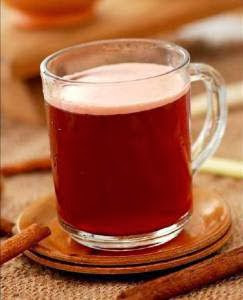Gandrung Dance
Gandrung Banyuwangi dance is a dance that originated in the area of Banyuwangi, East Java. The word itself means Gandrung enchanted, that describes a sense of fascination communities Banyuwangi against the Goddess or Goddess of rice that has brought prosperty to the community.Thus then the Gandrung Banyuwangi dance is performed after the regular harvest erstwhile Kingdom.
Remo Dance
The traditional dance is Dance Remo. Ancient dance remo became one of the dances to welcome guests.
This dance was created by the troubadours when tempo used to be. At that time, indeed almost most people are required to be able to dance. Even singers can dance.
This dance is usually performed by men, but along with the age of this dance can be taken by women to appear the name of Dance Dance Remo's daughter. Formerly,this dance as opening performances ludruk. Along with the age of the dance is staged every art performances.






















